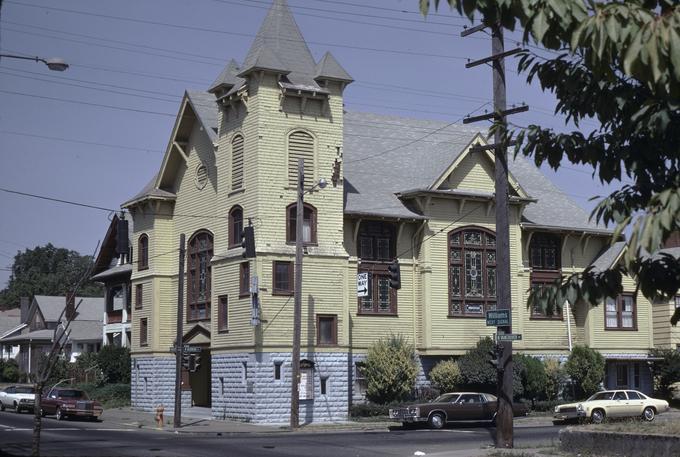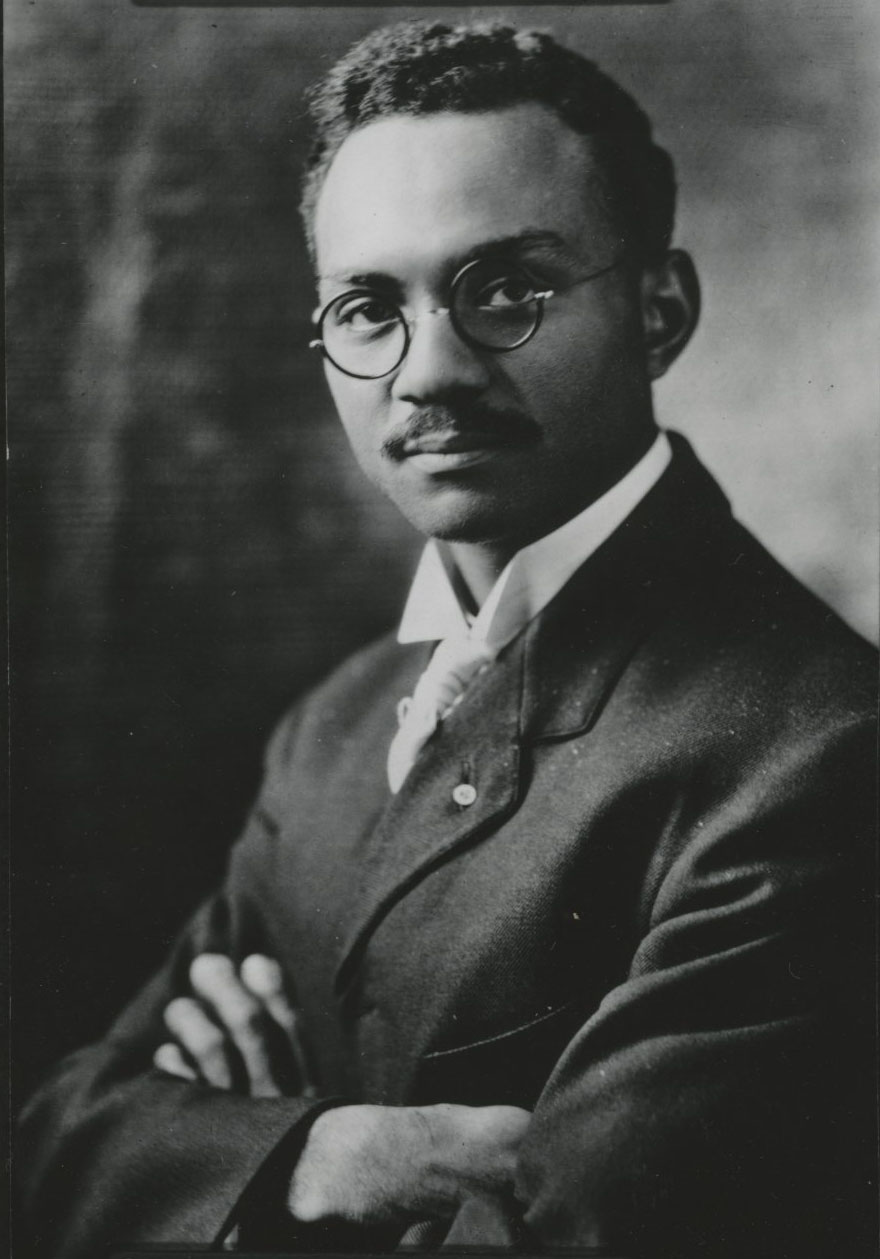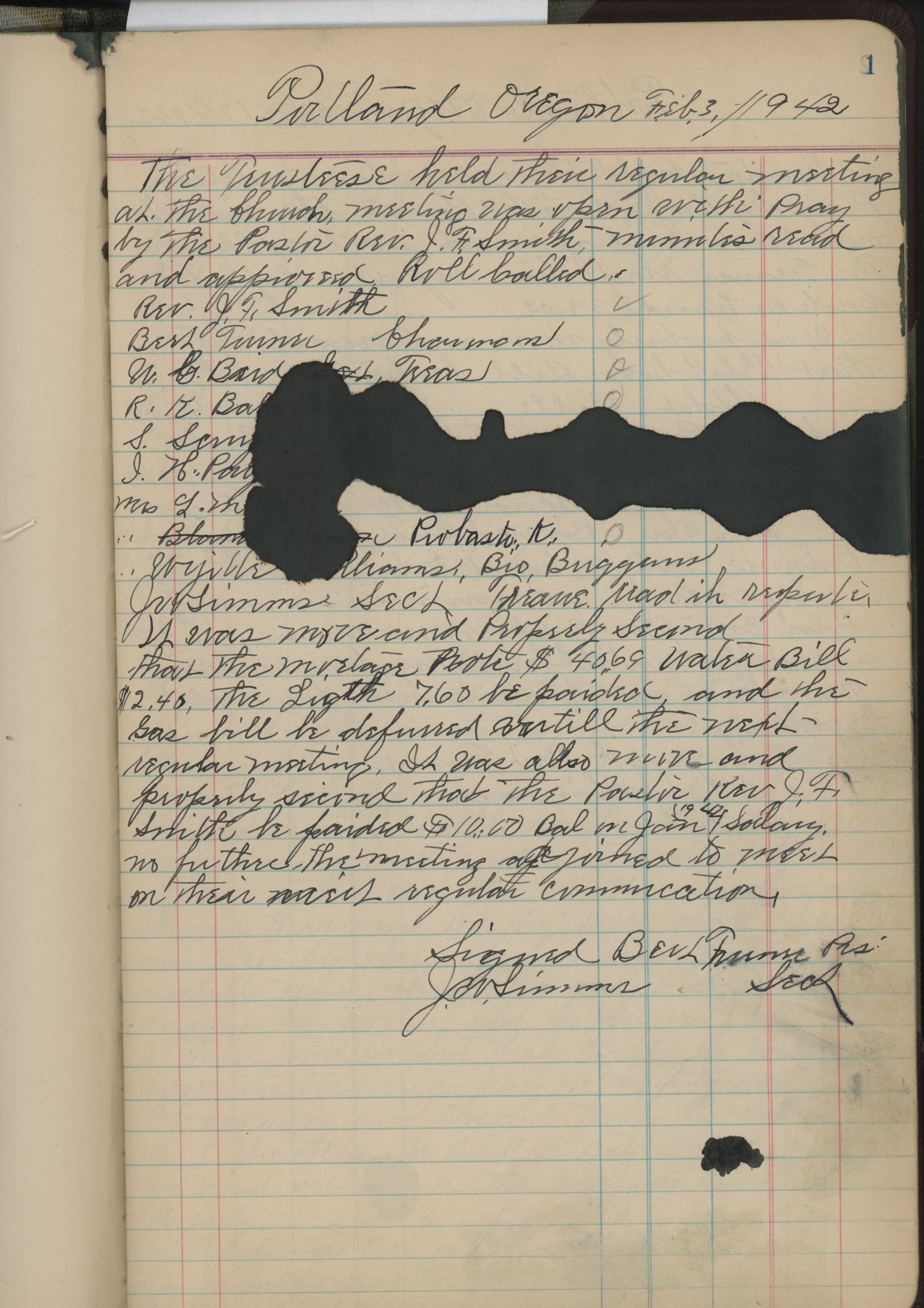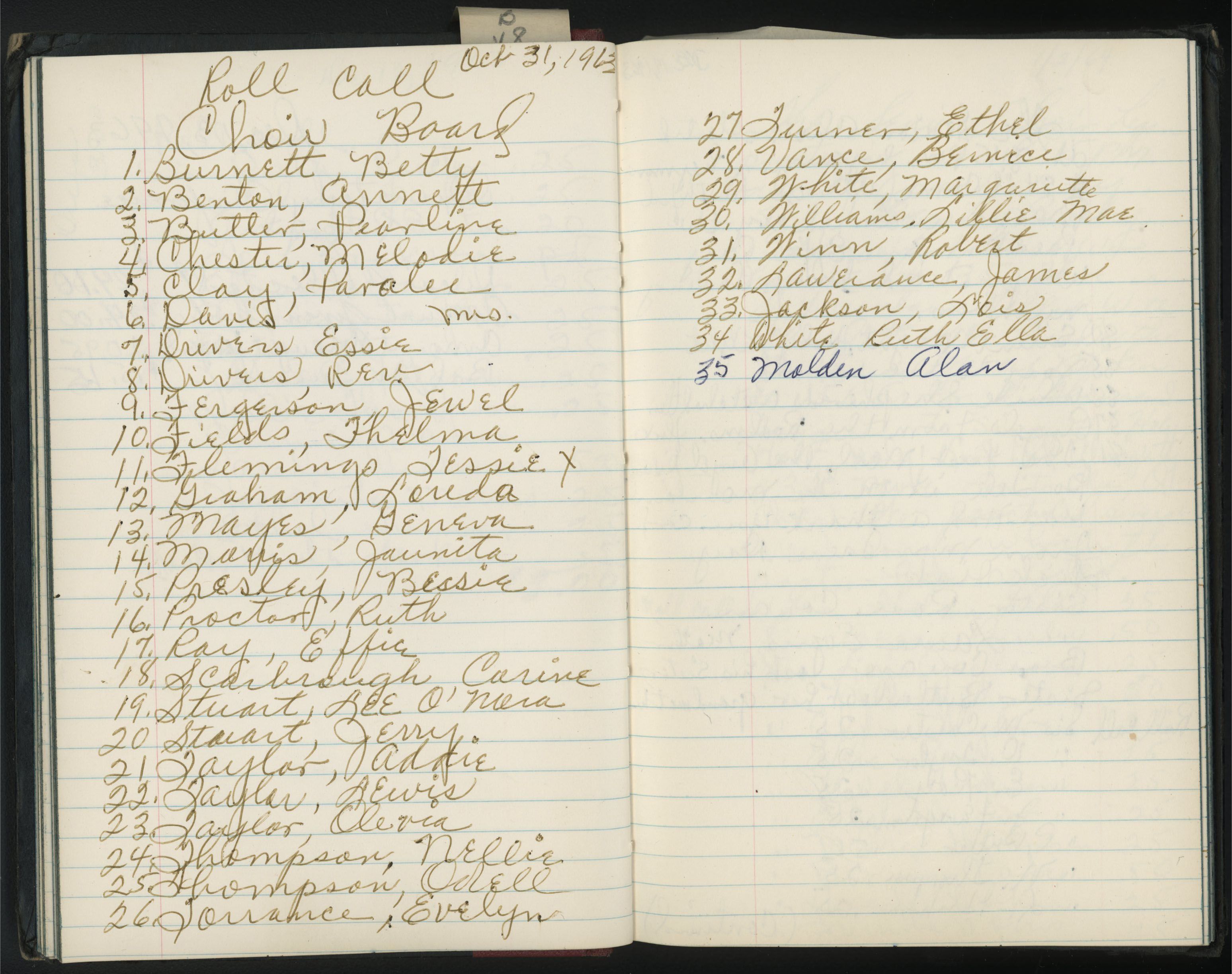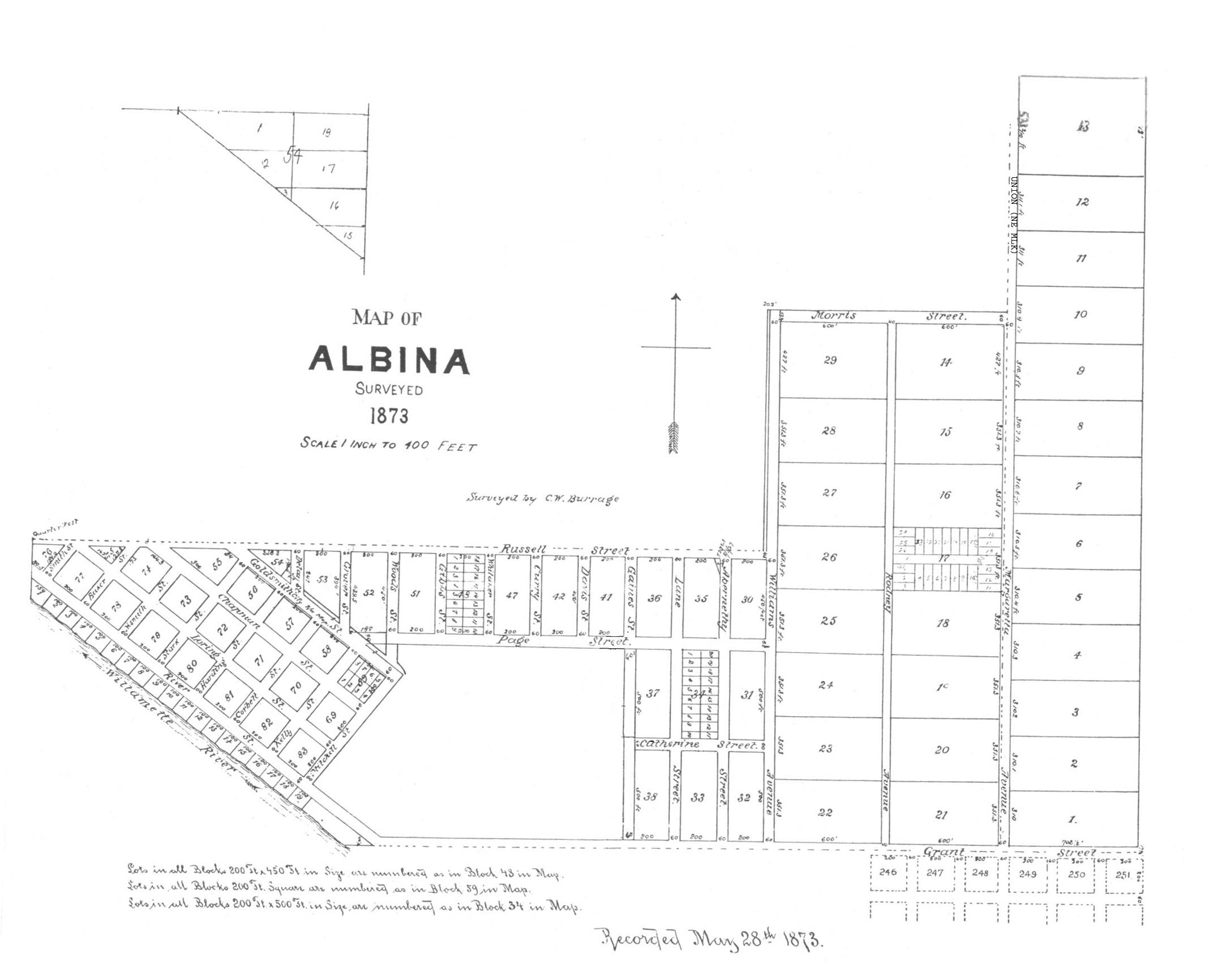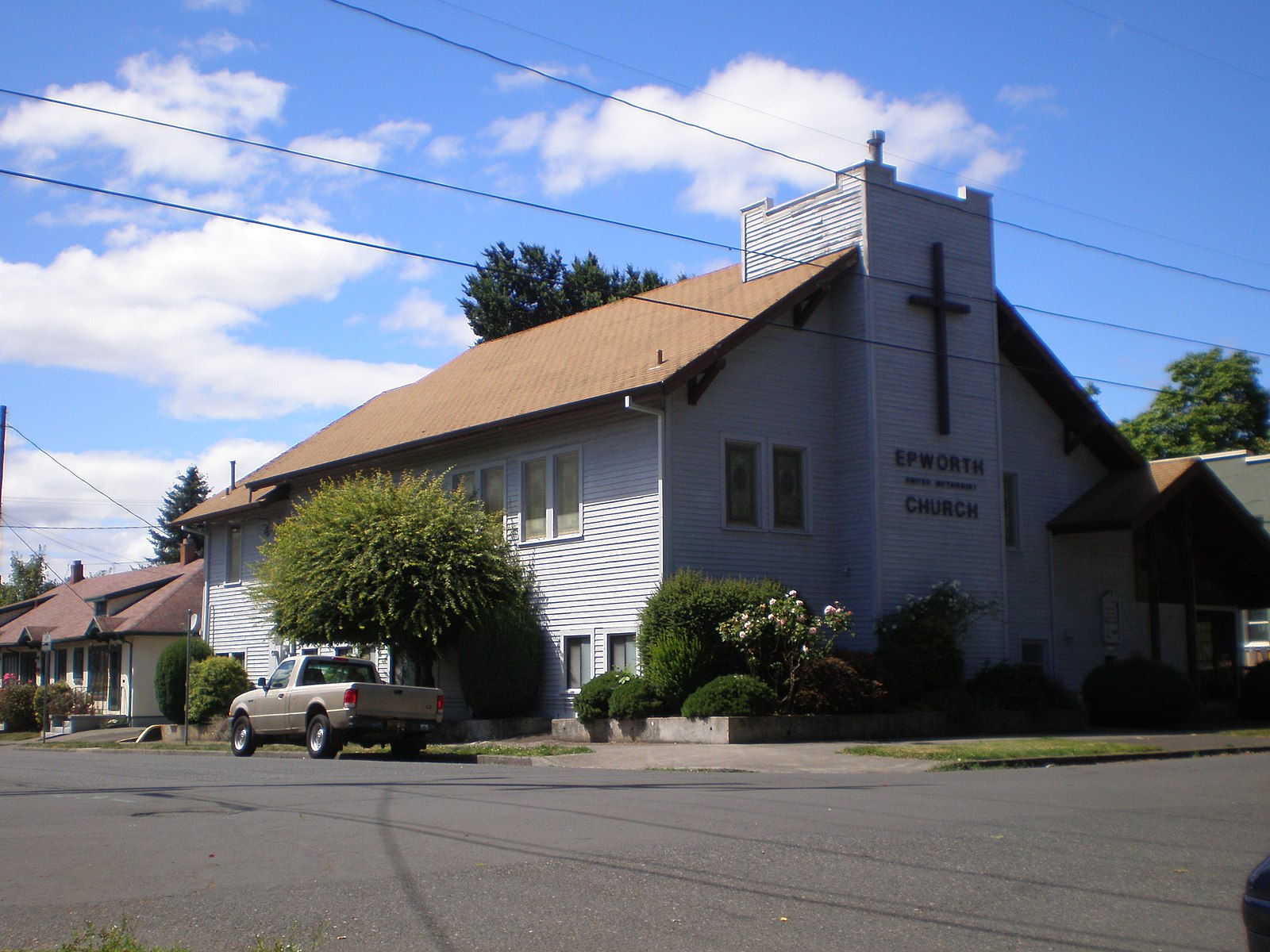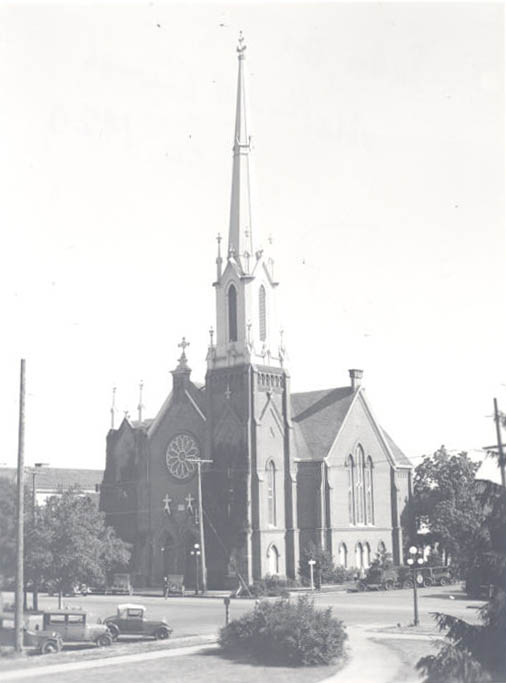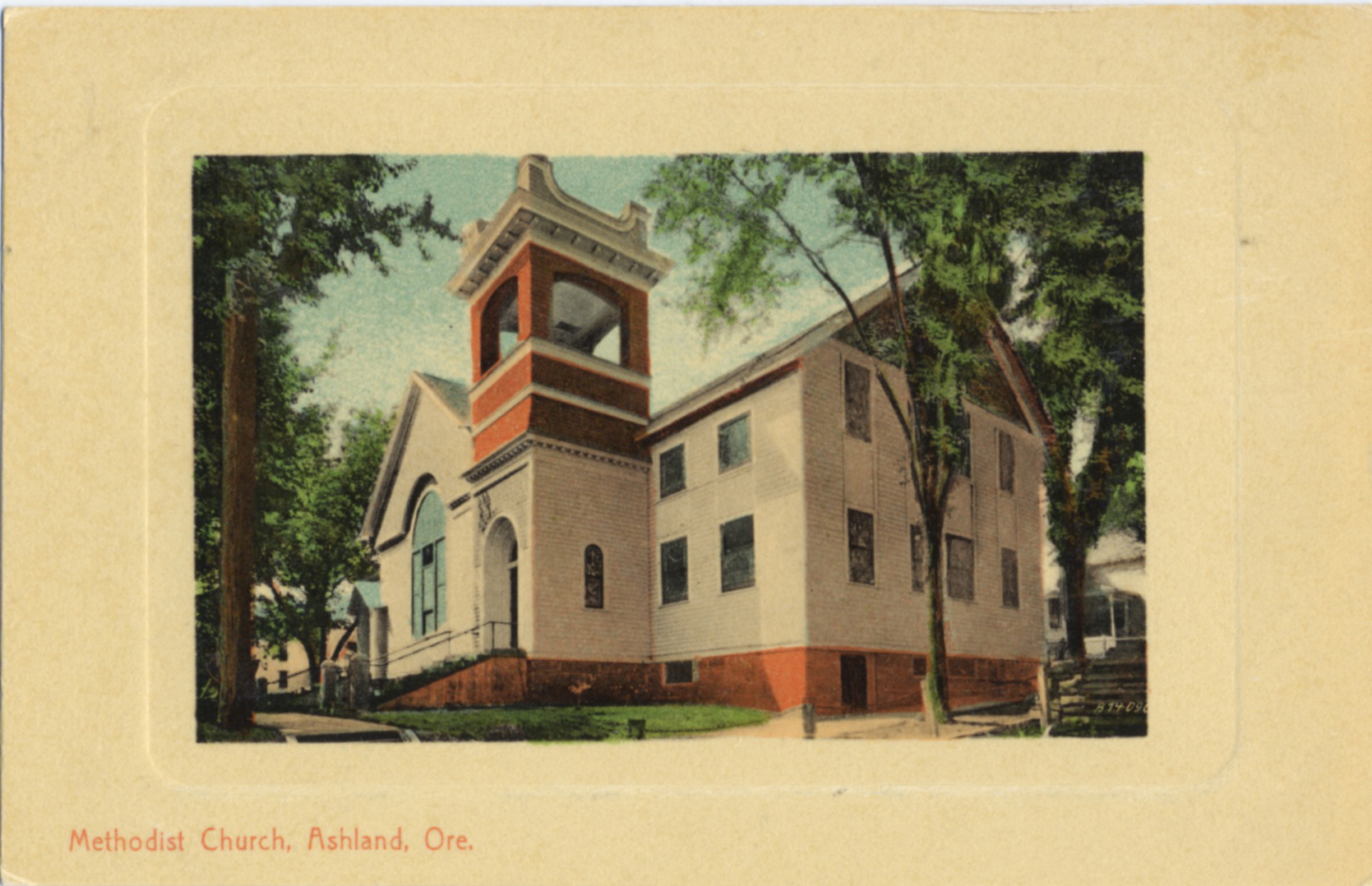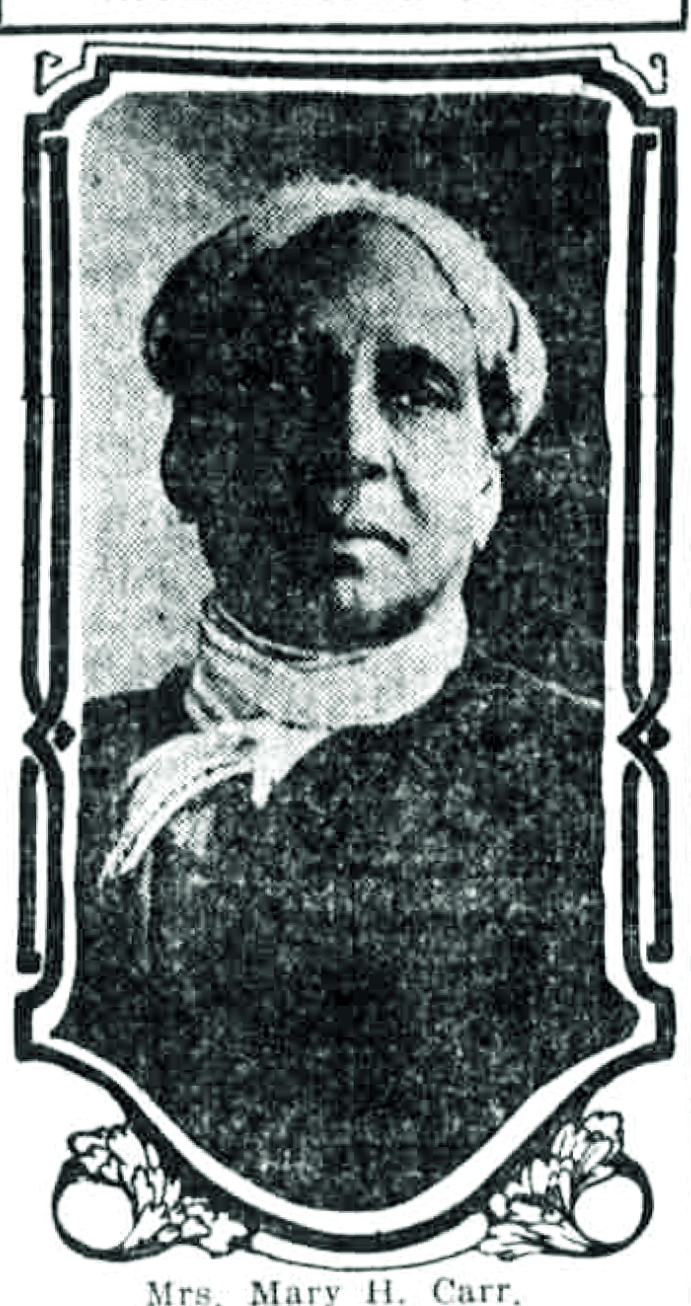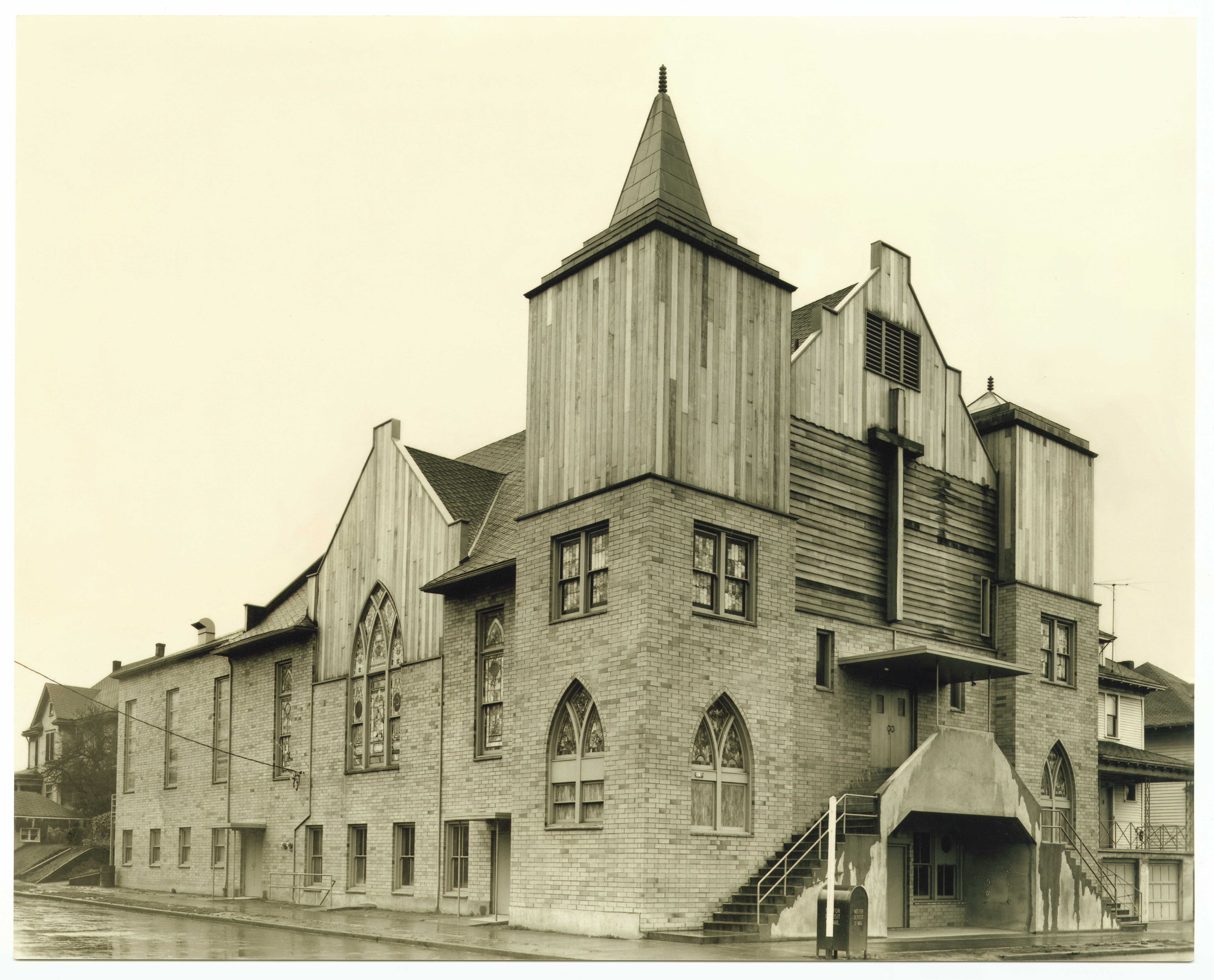First African Methodist Episcopal Zion is Portland's oldest African American church. Founded in 1862 as the People’s Church, the congregation first met in Mary Carr’s boardinghouse on First Ave near "A" Street (now Ankeny Street) on the west waterfront. The congregation moved three more times—including to North Williams Avenue—before settling on North Vancouver and Skidmore in the late 1960s. The church has a long tradition of faith-based community service and support, including advocating for the elimination of exclusion laws from the Oregon Constitution and for civil rights.
The AME Zion Church was officially established in New York City in 1821 by free Blacks who wanted to escape the segregationist practices of Methodist churches, most of which had white ministers. In 1822, James Varick was named the first African American AME Zion ordained bishop. Most AME Zion churches were located in Northern states before the American Civil War. After the war, the church established congregations throughout the nation, primarily in the South.
During the late nineteenth century, Oregon’s Black population was small—only 487 in 1880—and church services were held in the homes of church members. In 1869, the Portland AME Zion congregation purchased property on Northwest Third Street between "B" and "C" Streets (now Burnside and Couch). Construction on the building began on June 3, 1869. The church was incorporated as the First African Methodist Episcopal Zion Church, and Reverend J.O. Lodge was appointed the first minister. In 1883, First AME Zion built a new church on Northwest Thirteenth and Main, the center of Portland’s growing Black population.
In 1893, Reverend T. Brown, pastor at First AME Zion, spearheaded a movement to remove racist exclusionary clauses from the Oregon Constitution. Working with State Representative Henry Northrup, Brown introduced three resolutions to the legislature that would nullify laws permitting the removal of African Americans and Chinese from the state. It was one of the first organized civil rights protests by Oregonians. The resolutions ultimately failed and the exclusionary laws remained in place for many years (the laws were nullifed in 1866 by the 14th Amendment, but the exclusionary language remained in the Oregon Constitution until 1924).
In 1916, First AME Zion moved to North Williams Avenue and Tillamook in the Albina neighborhood. It became part of a network of neighborhood churches that was active in defending and demanding civil rights in Portland. During the 1940s, acts of racism spiked when thousands of African American war industry workers moved into Portland and nearby Vanport. Black Portlanders organized to confront the racist policies and laws. Albina’s churches were essential in that effort, serving as meeting places, news and information centers, and temporary shelters. First AME Zion, for example, was one of many churches in Albina to take in displaced residents of Vanport after the 1948 flood destroyed their homes.
The network of African American churches continued to strengthen after the 1940s. In 1951, First AME Zion participated in the first interfaith service in Albina, led by Reverend J.F. Smith and others, including Reverend O.B. Williams of Vancouver Avenue Baptist Church and Reverend J.J. Clow of Mt. Olivet Baptist Church. First AME Zion was also a founding member of the Albina Ministerial Association, a network of pastors formed to support African Americans in Albina during urban renewal in the 1950s and 1960s. As an important part of the civil rights coalition in Portland, the group met with Dr. Martin Luther King Jr. when he visited the city in 1961. On August 30, 1967, when a riot broke out at Irving Park at what began as a political rally, the AMA was one of the first groups to respond, sending ministers to calm protesters.
First AME Zion is part of the Western Episcopal District. In 2014, George William Whitfield was appointed pastor, the youngest in the congregation's history. From its century-old church on North Vancouver (once the Norwegian Danish Methodist Church), it continues its legacy of civil rights activism and community involvement and education in Portland.
-
![Former Norsk Dansk Methodist Episcopal Church]()
First AME Zion Church on N. Vancouver, 1980.
Former Norsk Dansk Methodist Episcopal Church Courtesy University of Oregon, PNA_06246 mdr06704
-
![]()
Rev. I.A. Moore, c.1920.
Courtesy Oregon Hist. Soc. Research Lib., 012972
-
![]()
First AME trustees account book, 1942.
Courtesy Oregon Hist. Soc. Research Lib., Mss2304, folder 1
-
![]()
First AME choir account book, 1963, listing choir members.
Courtesy Oregon Hist. Soc. Research Lib., Mss2304
Related Entries
-
Albina area (Portland)
By the late 1880s, Albina, located across the Willamette River from Por…
-
![Epworth United Methodist Church (Portland)]()
Epworth United Methodist Church (Portland)
From its beginnings as a mission in the late 1890s, Epworth United Meth…
-
![First Methodist Church (Salem)]()
First Methodist Church (Salem)
Founded in 1841 by Jason Lee and members of the Methodist Episcopal Chu…
-
![First United Methodist Church of Ashland]()
First United Methodist Church of Ashland
The First United Methodist Church was the first permanent church buildi…
-
![Mary H. Carr (1823?–1911)]()
Mary H. Carr (1823?–1911)
Mary H. Carr was an enterprising and respected member of Portland's ear…
-
![Vancouver Avenue First Baptist Church]()
Vancouver Avenue First Baptist Church
The history of the Vancouver Avenue First Baptist Church of Portland is…
Related Historical Records
Map This on the Oregon History WayFinder
The Oregon History Wayfinder is an interactive map that identifies significant places, people, and events in Oregon history.
Further Reading
First African Methodist Episcopal Zion Church records, Mss 2304. Oregon Historical Society Research Library, Portland.
Glazier, Steven D, ed. Encyclopedia of African and African-American Religions. New York, NY: Routledge, 2001.
Guide to the Vancouver Avenue First Baptist Collection, 1940-2015.
McLagan, Elizabeth. A Peculiar Paradise: A History of Blacks in Oregon, 1788-1940. Portland, Ore.: The Georgian Press, 1980.
Portland Bureau of Planning. History of Portland’s African-American community, 1805-present. Portland, Ore., 1993.

